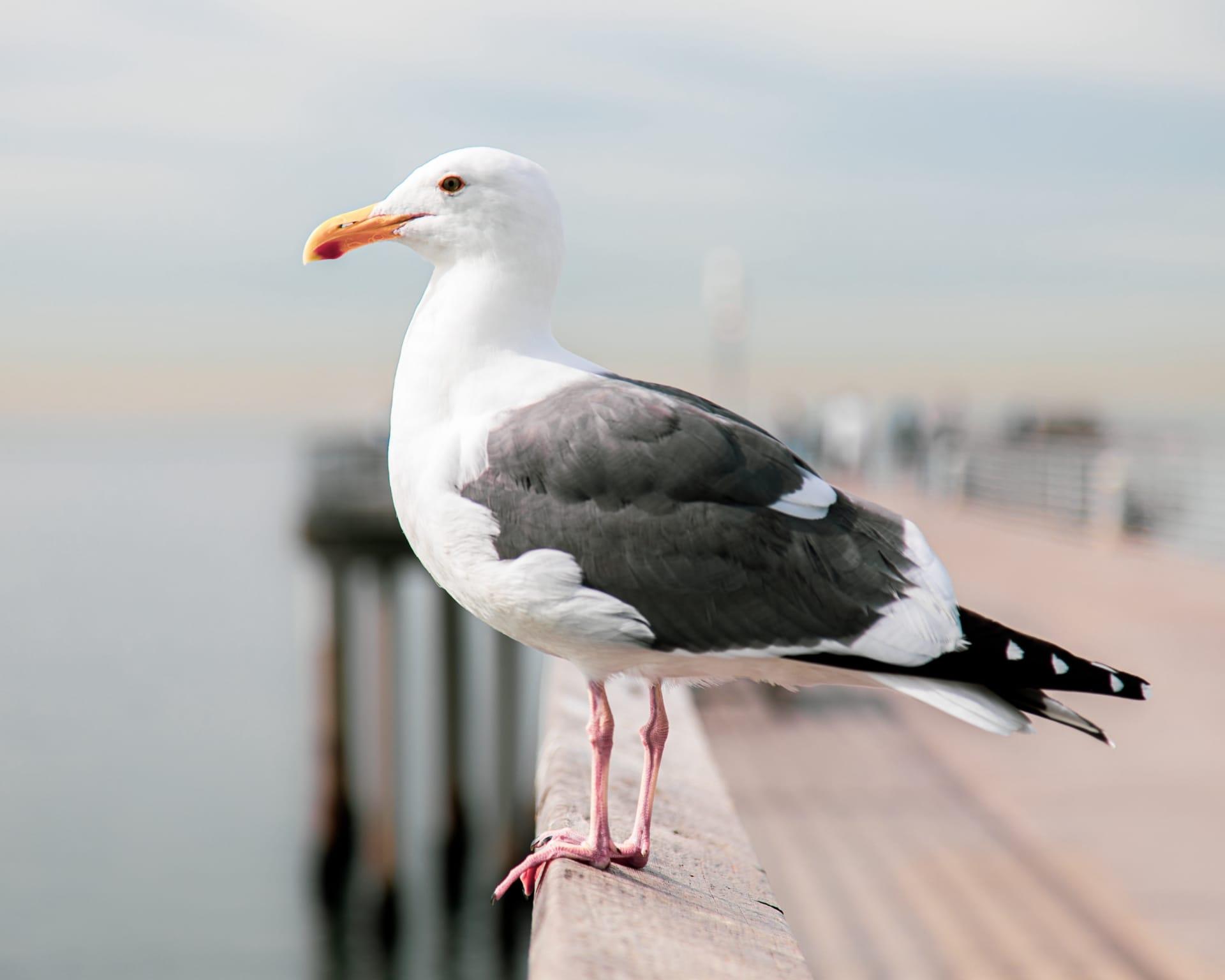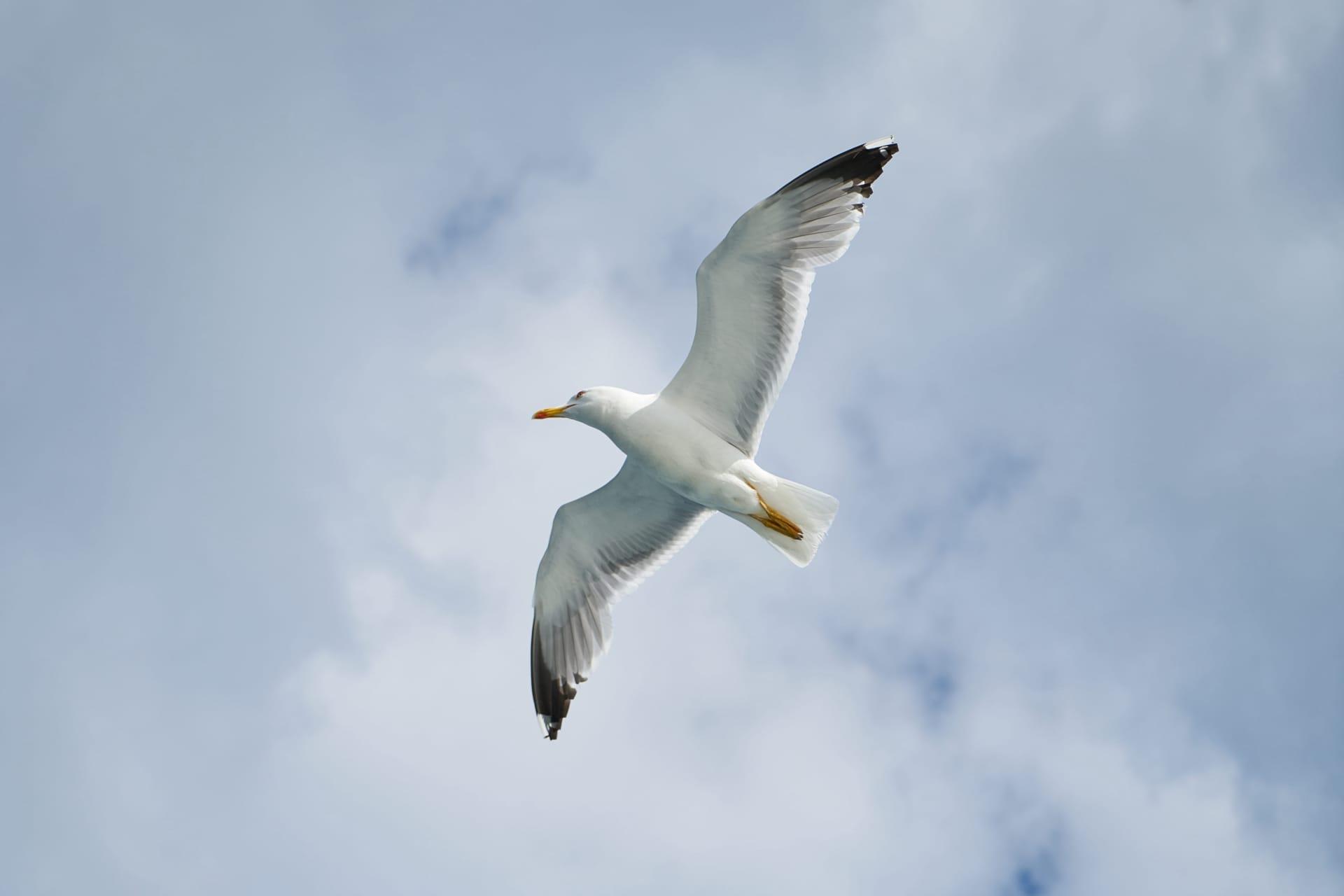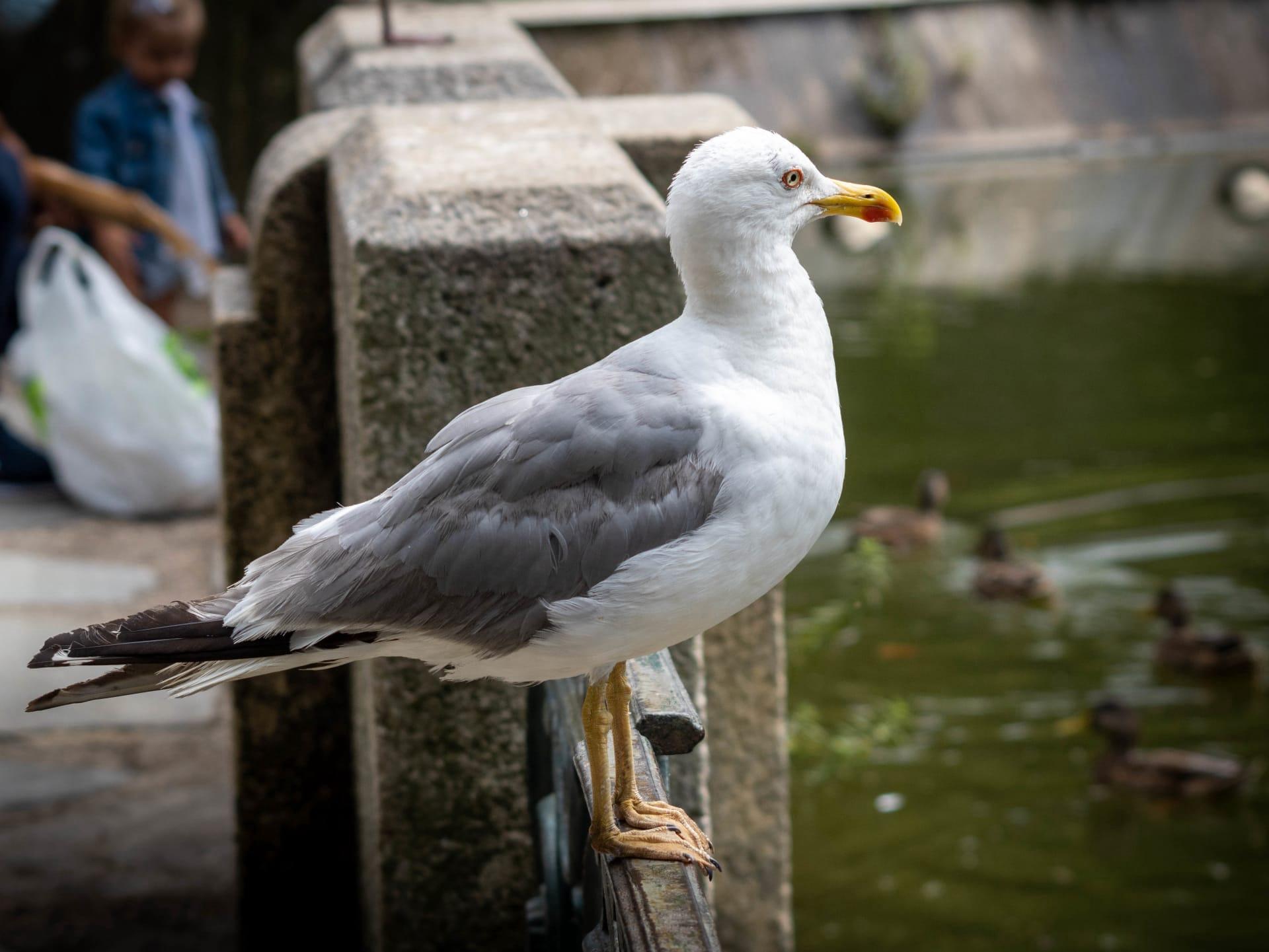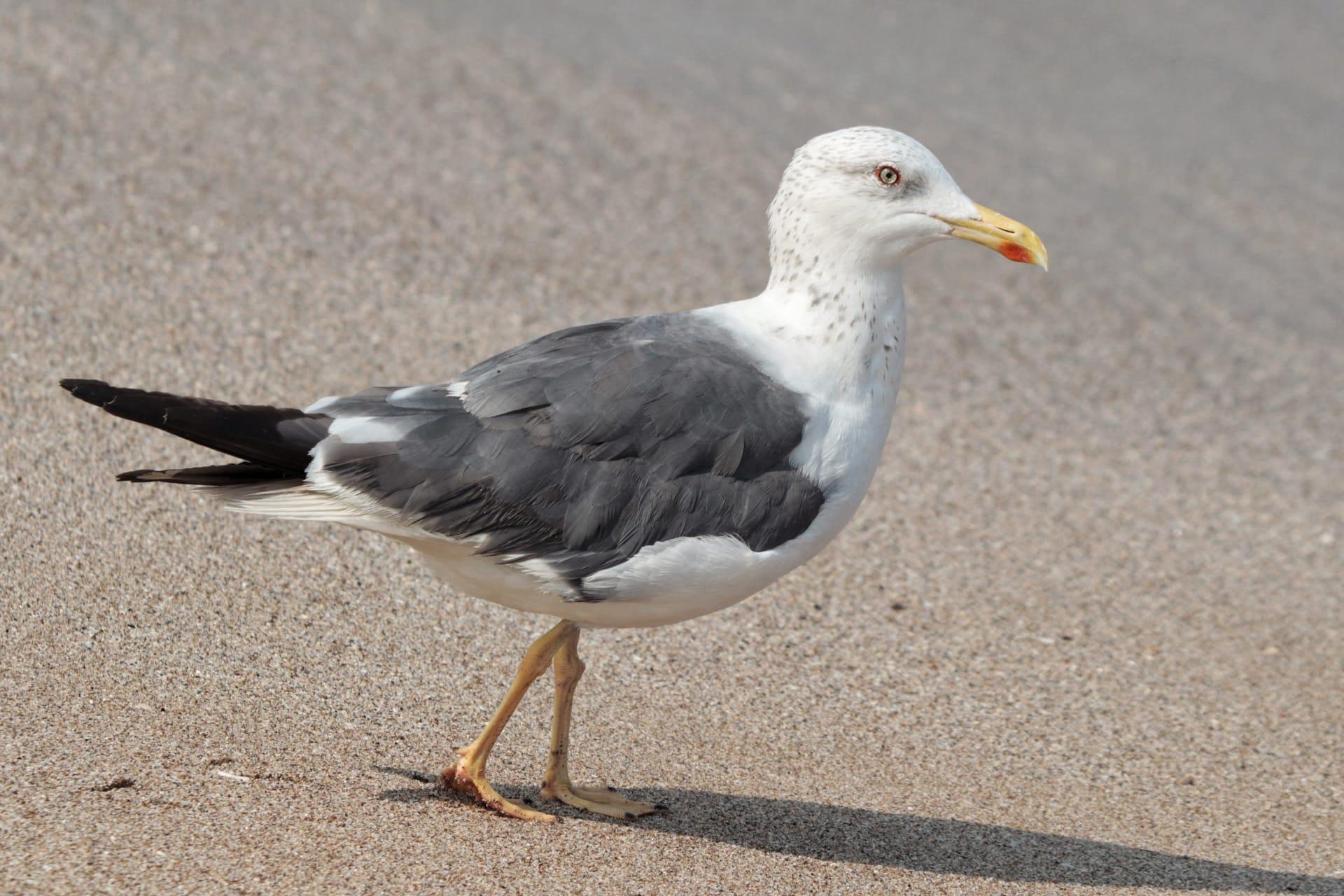1
Did you know that the wingspan of the albatross is the longest of any living bird? On average, it spans a staggering 8 to 11 feet (2.4 to 3.4 meters). This impressive wingspan allows them to glide effortlessly over the ocean, sometimes for hours without a single flap of their wings. What's more, these birds are built for this kind of marathon flying. Their shoulder joint has a tendon that locks their wings in place, essentially allowing them to soar without constant muscular effort.
The albatross is also a record-breaking traveler. These birds are known for their extraordinary ability to cover vast distances. A study found that one grey-headed albatross circumnavigated the globe in just 46 days. That's traveling over 13,670 miles (22,000 kilometers) at an average speed of about 300 miles (483 kilometers) per day! Their nomadic lifestyle is supported by their remarkable navigational skills, using the sun, stars, and even the earth's magnetic field to guide them.

2
Albatrosses have a unique way of sleeping: they do it while flying! Studies suggest that these birds can catch some shut-eye during their long flights by taking micro-naps that last just a few seconds. This ability is crucial for their survival, as they spend most of their life in the air, covering enormous distances over the ocean.
Another fascinating fact about albatrosses is their monogamous nature. They are known for forming long-term pair bonds that often last a lifetime. These bonds are reinforced by elaborate courtship dances that include synchronized movements, clapping beaks, and mutual preening. Once they find a partner, they meet each year only to breed and spend the rest of their time solo, traversing the vast oceans.

3
Albatrosses have an exceptional sense of smell, which they use to locate food across vast oceanic expanses. Unlike many other birds, albatrosses can detect odors while airborne and can hone in on the smell of potential food sources, such as krill and fish, from several kilometers away. This keen sense of smell is vital for their survival, especially given the scarcity of food in some of the remote areas they travel.
These birds also play a significant role in the health of marine ecosystems. By feeding on squid, fish, and krill, albatrosses help maintain the balance of these species in the ocean. Their droppings, rich in nutrients, also play a crucial role in the oceanic food chain, fertilizing phytoplankton, which in turn supports a variety of marine life.

4
Albatross chicks take a remarkably long time to fledge, which is unique among birds. Depending on the species, it can take up to 10 months for a chick to fully develop and be ready to take its first flight. This extended period is due to the slow growth rate of the chicks and the parents' long foraging trips, sometimes lasting up to two weeks, to bring back enough food.
Speaking of food, did you know that albatrosses can drink seawater? They have special glands located above their nasal passages that help them excrete the excess salt. This adaptation is crucial as it allows them to stay at sea for extended periods without needing fresh water.

5
Albatrosses are known for their loyalty to their birthplace. Once they reach breeding age, which can be anywhere from 5 to 10 years, they return to their natal colony to find a mate and breed. This homing instinct is deeply ingrained and ensures the continuation of their specific colony's lineage.
These birds are ancient travelers of the sea. Fossils suggest that albatross-like birds have been soaring over our oceans for about 50 million years. This long evolutionary history has perfectly adapted them to the marine environment, making them one of the most efficient and elegant flyers of the bird world.